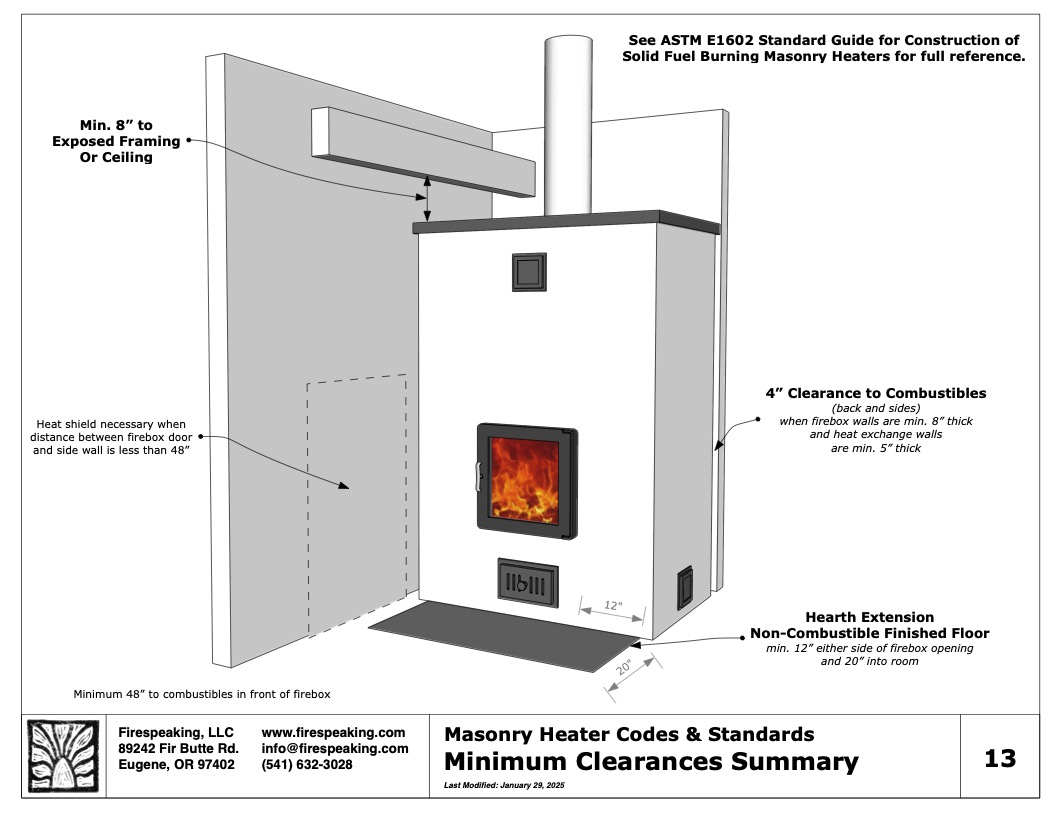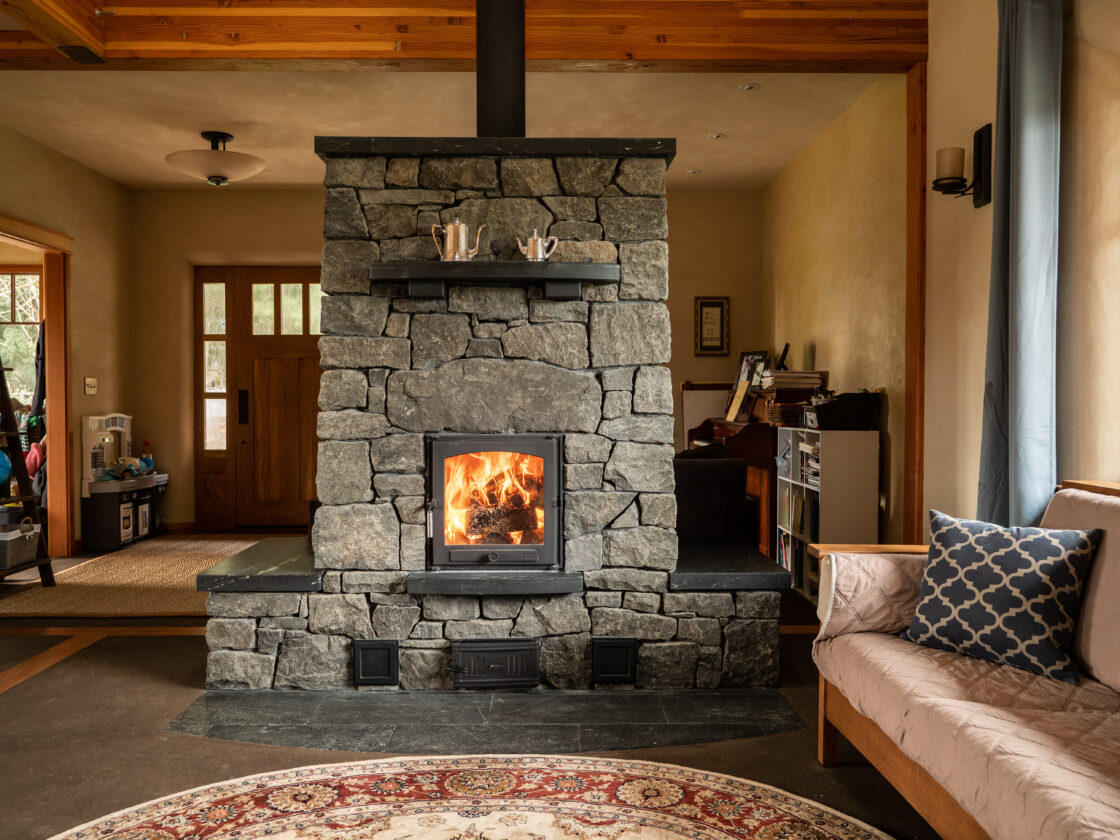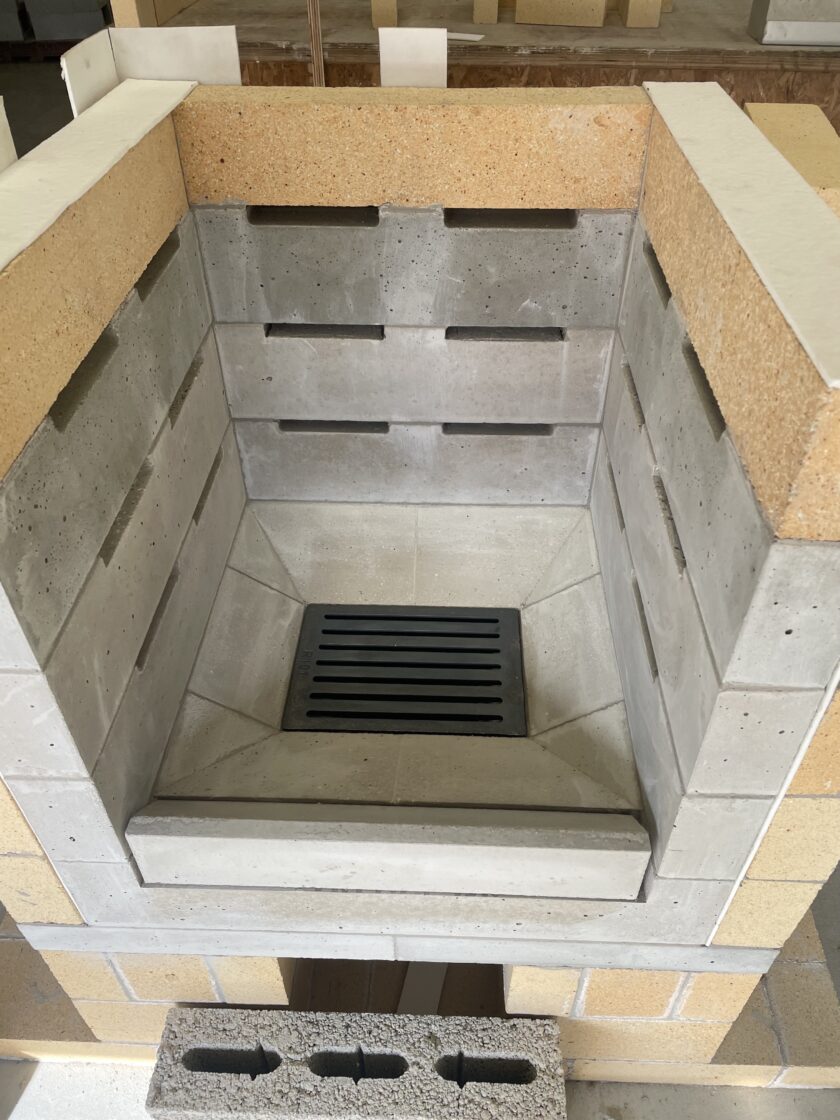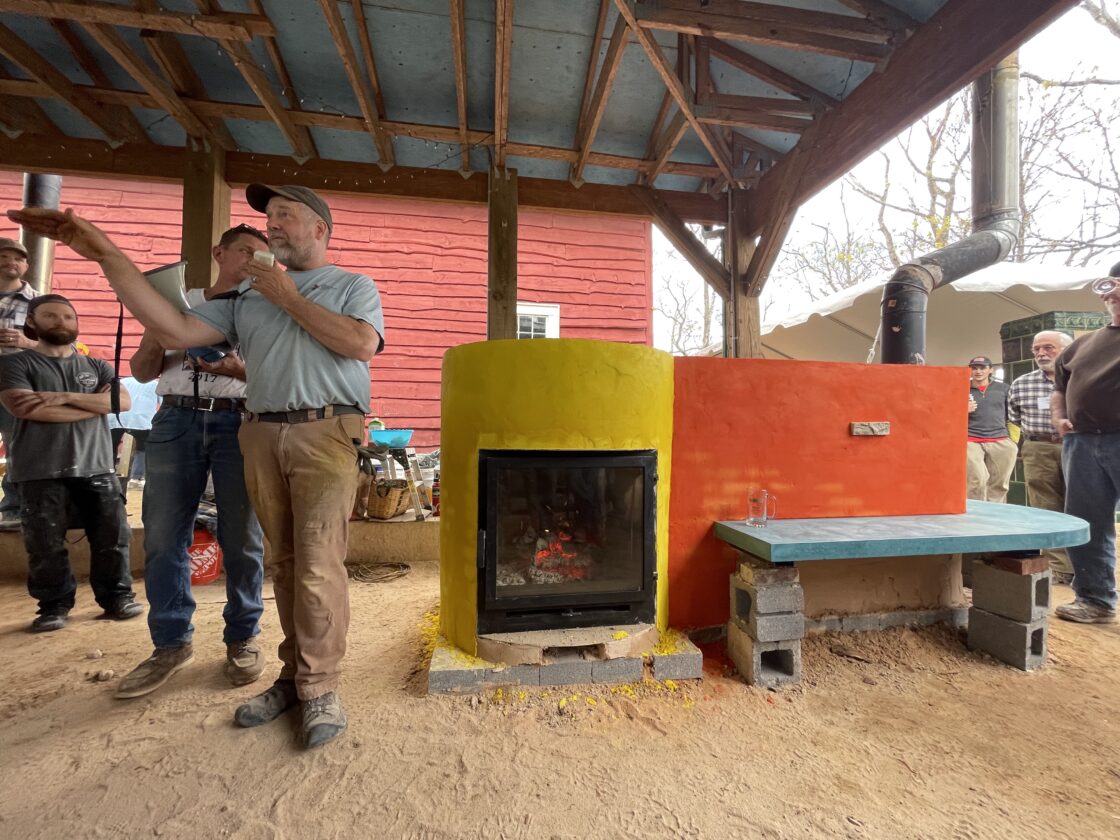This spontaneous essay is a response to this great piece by Alex Chernov, as presented in the MHA News.
From: Max Edleson max (at) firespeaking.com
To: MHAmembers@yahoogroups.com
Date: Sat, 3 Dec 2011 07:52:43 -0800
Subject: Re: [MHAmembers] member news
Indeed, Alex, the article you have written is great and this area of research you are pointing to is very exciting.
The issues you bring up are excellent. I would like to try to add to what you have written.
As far as advantages of the rocket stove, the idea for those inclined to do things themselves to be able to build their own heating system without too much expense and without too many necessary tools is one that is very exciting – one that ignites a passion. The relative simplicity of the rocket stove design with few specific and basic parameters, allows for a great deal of customization and flexibility in design which is also very exciting and often practical when placing a heater into a space and further fuels the doers interest and passion in building it.
The particular combination of immediate heat at a usable rate and stored heat at an impressive rate of accumulation is also an area that the normal rocket mass heater design really shines in.
The bench is a wonderful aspect of the design. Both from a comfort standpoint of being able to sit your butt and back on soft, penetrating heat and also from a social perspective. I think most of us who have experienced the benches from the last couple of years at Wild Acres have experienced this.
Novelty also always has its appeal, at least to a certain sector of society!
But then there are many significant disadvantages, most of which you have pointed out. The subfloor: the rocket mass heater, as developed by Ianto Evans, evolved from experimentation in cob buildings where the heaters are built on grade (on some combination of compacted earth, gravel, and sometimes an adobe-like subfloor). Similar to the conditions of a concrete slab on grade that is found in many garages, for example. So you have a nice, solid, load-bearing floor that is also non-combustible that you can spread your design out on. This is essentially the opposite of how most homes are built in north america: light, lofted, insulated and combustible floors. This point, as you point out, ends up being pretty essential to design considerations as an on-grade subfloor generally would suggest the possibility of letting a heater’s design spread out while a joisted wooden floor with a foundation coming through the middle of it tends to suggest a more compact layout to minimize the size of the foundation and related expenses (especially in a retrofit).
Also, as you say, the user experience of a rocket stove can be summarized as finicky, at best. I have seen several rocket stoves that have been the core of people’s homes and worked very well day in and day out. I have seen others that worked ok and I have seen a surprising amount that don’t work so well or at all. The flexibility of design, the do-it-yourself style and, significantly, the fact that many I have seen were built in very-rushed workshops leads to an unpredictability that is often difficult to diagnose once things are sealed up if they don’t work. This can be very challenging.
Also, general rocket mass heater design so far has under-emphasized the importance of cleanouts, particularly in bench designs with bends in them. It is a process to remove the barrel and re-seal it, if and when this is necessary. And a plastered cob bench can require significant maintenance, at least bi-annual.
So, all these things have left me also in search of incorporating the advantages experienced from rocket mass heaters with all of the experience and advantages that comes from masonry heater building.
One note on hardware and expenses. I have come to realize that the door is the significant technnology that fundamentally distinguishes open fireplaces from masonry heaters. eg., that reduces the amount of air entering the combustion chamber so that it can not only be efficient but also be throttled in such a way that the combustion and long tail of combustion can be guided through the much longer channels of a masonry heater. This is probably both obvious and often overlooked. The door, especially metal doors, are a relatively new technology in the long history of fireplace building man(and woman)-kind. Perhaps one of the most significant contributions of the rocket stove is to accomplish this reduction of air into the combustion chamber without a door. It does this so successfully that you can even burn the fire upside down as we have experienced. The ideal amount of air is that which generally fits between the split burning wood. A brick is often used to close off excessive air if the firebox is not completely full of wood. This last element, for example, is critical and an example of the very important fine-tuning that is happening in a rocket mass heater burn.
At the same time, this is a very important design limitation since it prohibits sizing up the firebox without important repercussions. Those who were observing may have noticed us “barefoot builders” during wildacres 2009 really experimenting with this aspect. When we re-built the rocket mass heater inside that was eventually plastered with the lime we had made and painted with a naked lady (yes, that one!) we had built the front in such a way that we could make different fireboxes. If you remember, we tried putting a small glass door on the front of the down-draft firebox but found that even this slight modfication in widening the firebox to accomodate the glass door meant that the wood did not stay as organized as it needed to and, I think, allowed more air in than was necessary, especially when the firebox was not completely packed with wood.
As I have begun to experiment with making doors, I have come to appreciate doors a lot more and the care and cost involved in either casting or fabricating them. I have also come to think that in temperate to cold climates, firebox doors should really be thought of as a family heirloom and at the center of a family’s wealth – after all, there are times in history when money isn’t worth much more than paper for starting a fire which people in different parts of the world have experienced in inflationary situations like I experienced in Argentina and that I’m sure people in Russia have experienced. I don’t think that people consider the expense of either a vehicle, a computer (pillars of modern life) nor for kitchen appliances in a remodel in the same way they do masonry heater/cookstove hardware and the other related expenses. This may just have been my previous bias coming through to though I think it reflects the current moment and society’s related values.
One more thought before I get out into the cold to organize rock from a mountainside into some semblance of a beautiful heater skin. The issue of code. As I have begun to work building heaters in more code-respecting(/code-enslaved) situations, I have had opportunity to reflect on both its advantages and disadvantages. The only, main and significant advantage of code that I understand is that it ensures safety and formalizes that responsibility between the builder and the people living in the home, especially where this relationship is mostly otherwise anonymous. It also ensures a standard of quality to some degree by ensuring that things are done in a certain way and that certain materials are used.
On the flip side, I have come to understand that the whole issue of building codes and inspections has a lot to do with counties and other jurisdictions ensuring that what you build in your home not only serves you, but really more importantly, someone who you either might like to sell your house to or someone who would like to buy your house (hopefully under favorable conditions). While I can see the benefits of this, I get that uncomfortable feeling that in this situation, as with property taxes, it is really the county that owns your house and what you do with it… and I don’t think this is so conducive to really connecting with one’s home and where one lives.
There is also that element of stilting forward evolution.
These comments, especially the last ones, should be taken with a grain of salt. Most of this is to say, yes!, very exciting what you have written and propose Alex!
Max
Read More…..




